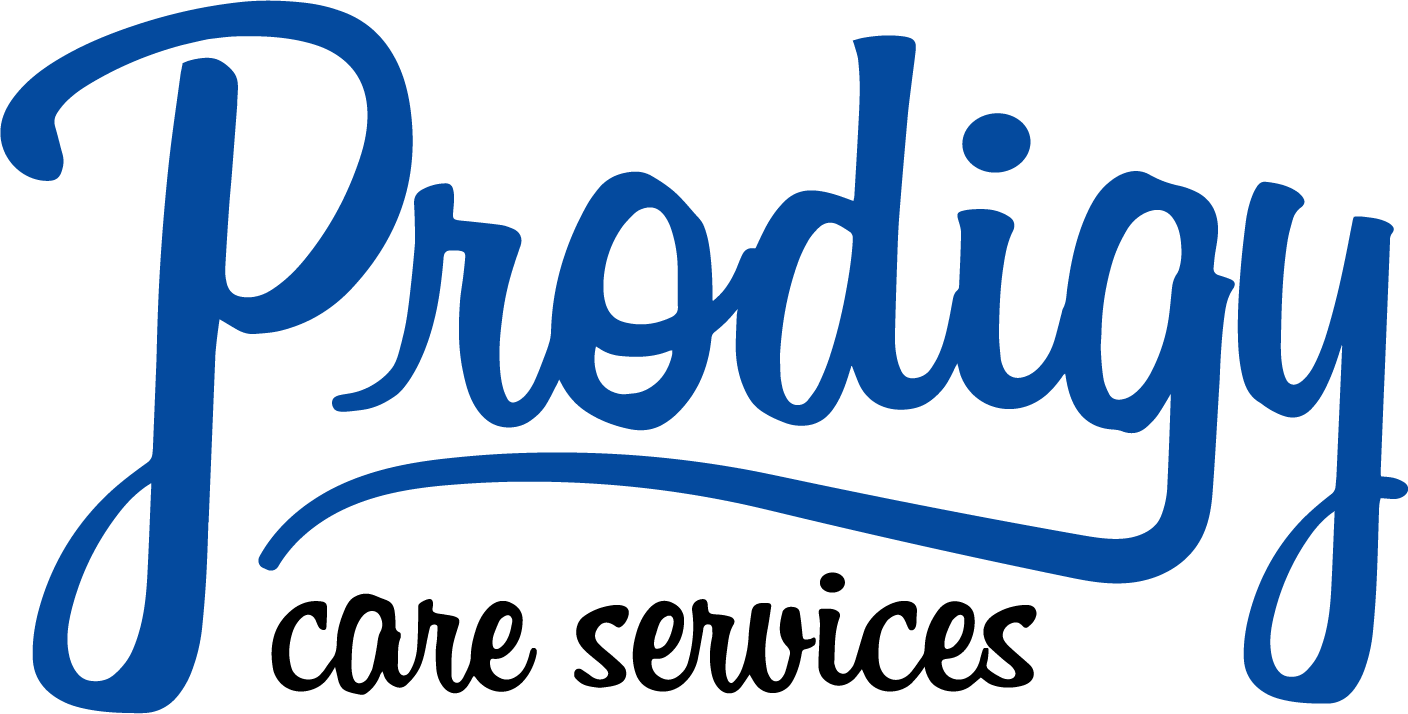Deprescribing Strategies— From Clinical Insights to Human Connection
Background
In a previous blog we discussed deprescribing a vital aspect of medication management aimed at optimizing medication regimens for better health outcomes and improved quality of life. In this post we discuss how describing can be done within the framework of today’s pharmacy and clinical workflows.
Within the continuously changing landscape of healthcare, the role of medications has continued to grow over time. In 2022 alone, prescription drug utilization increased by 5.9% (1). Although yielding seemingly favorable outcomes, increased medication usage carries inherent risks of its own. With higher rates of prescribing, an increase in adverse reactions and medication errors is seen (2). To address these risks, deprescribing, or the careful consideration of removing medications that may not be necessary for a patient, is gaining traction. Proponents of these measures include some pharmacy benefit managers (PBMs), pharmacists and other clinicians who play a crucial role in deprescribing by utilizing various strategies to enhance patient outcomes, improve patient safety, and reduce healthcare costs. So, what does effective deprescribing look like?
Medication Therapy Management in Informed Deprescribing
Medication therapy management (MTM) services, provided by pharmacists, offer clinical insights that can guide deprescribing efforts. MTM programs assess the indication, efficacy, safety, and convenience of medications, thereby allowing healthcare providers to identify and address potential medication-related issues. Through the review of medication lists, completion of medication reconciliations, and assessment of medication adherence, pharmacists can identify potential drug-drug interactions, adverse effects, and ineffective therapies. These insights contribute to evidence-based decision-making and informed deprescribing practices that improve patient well-being and minimize strain on the healthcare system. For example, an MTM pilot focused on high-risk patients found MTM interventions led to improved medication adherence and reduced health care costs with an 18.6% decrease in inpatient visits and a 10.3% decrease in plan-paid health care costs (3).
Frontline Clinicians
Clinicians such as pharmacists and nurse case managers, working with patients in the frontlines at care access points or at home , in collaboration with other healthcare providers have a key role in facilitating deprescribing discussions. By providing expertise, knowledge, and guidance, frontline clinicians can help prescribers make informed decisions about how patients are using medications at home and provide clinical justification for deprescribing. They can offer alternative treatment options, discuss potential benefits and risks, and address any concerns or questions that may arise during the deprescribing process. This collaborative approach ensures that deprescribing decisions are based on sound clinical evidence and patient-specific factors.
Technology Driven Deprescribing
At the system level, implementing clinical decision support tools to provide real-time guidance for healthcare providers is another technique to implement deprescribing. Integrating clinical decision support tools into electronic health records can provide healthcare providers with evidence-based recommendations and alerts for deprescribing. These tools can help identify potential drug-drug interactions, monitor medication adherence, and track patient outcomes. By leveraging technology, the process for deprescribing can be streamlined and standardized, ensuring that healthcare providers have timely access to relevant information to make such decisions.
Patient Education in Deprescribing
In a “back-to-the-basics” approach, patient education is routinely the first step in improving health outcomes. Educating patients about polypharmacy and the benefits of deprescribing is essential for empowering individuals to actively participate in their own care. Pharmacists and PBMs can provide information on the potential risks of using multiple medications, what nonpharmacologic treatment options are available, and strategies for safe medication management. By supplying patients with knowledge, PBMs and pharmacists can empower patients to make informed decisions about their medication use.
By Jasmine Zaidi, PharmD Candidate
For questions, e-mail pharmd@prodigyrx.com
Citations
1. Tichy, E. M., Hoffman, J. M., Tadrous, M., Rim, M. H., Suda, K. J., Cuellar, S., Clark, J. S., Newell, M. K., & Schumock, G. T. (2023). National trends in prescription drug expenditures and projections for 2023. American journal of health-system pharmacy : AJHP : official journal of the American Society of Health-System Pharmacists, 80(14), 899–913. https://doi.org/10.1093/ajhp/zxad086
2. Duerden M, Avery T, Payne R. Polypharmacy and medicines optimisation. Making it safe and sound. https://www.kingsfund.org.uk/sites/default/files/field/field_publication_file/polypharmacy-and-medicines-optimisation-kingsfund-nov13.pdf (accessed 30 March 2024).
3. Moore, J. M., Shartle, D., Faudskar, L., Matlin, O. S., & Brennan, T. A. (2013). Impact of a patient-centered pharmacy program and intervention in a high-risk group. Journal of managed care pharmacy : JMCP, 19(3), 228–236. https://doi.org/10.18553/jmcp.2013.19.3.228



